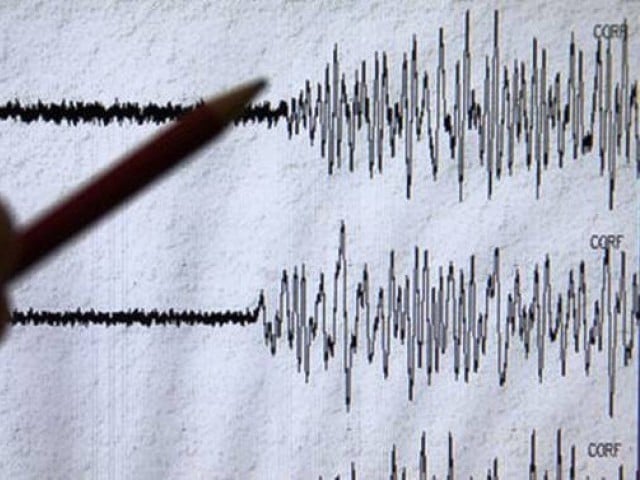
An earthquake of 6.0 magnitude shook Islamabad, Rawalpindi, Murree and Upper Neelum Valley on Sunday. No loss of life or property was reported.
According to the National Seismic Monitoring Centre, Islamabad, the epicentre of the earthquake was the Tajikistan border and it hit 223 kilometers underground. Tremors were felt in Sharda, Keil, Halmat, Dudhniyal and Sheikh Bela areas of Upper Neelum Valley.
In areas where the tremors were felt more acutely, people thronged out of their houses praying for safety.
Read CAN PAKISTAN SURVIVE A MAJOR EARTHQUAKE?
Earlier this year, an earthquake of 6.8 magnitude on the Richter scale jolted parts of Punjab and Khyber-Pakhtunkhwa, claiming the lives of at least two people and injuring 180 others.
Recent earthquakes in Turkey and Syria have raised many questions about whether the conditions of the infrastructure we have in Pakistan are safe enough, and if our region faces a seismic catastrophe of similar magnitude or even an earthquake of low intensity.
According to the World Bank, since the earthquake of 2005, seismic risks in Pakistan have only increased. In its Fiscal Disaster Risk Assessment Options for Consideration the World Bank assesses that “if the 2005 earthquake were to occur today, it could cost nearly twice as much — $2.8 billion — in damages to residential properties alone.”

1725030039-0/Untitled-design-(2)1725030039-0-165x106.webp)





1732012115-0/Untitled-design-(14)1732012115-0-270x192.webp)












COMMENTS
Comments are moderated and generally will be posted if they are on-topic and not abusive.
For more information, please see our Comments FAQ